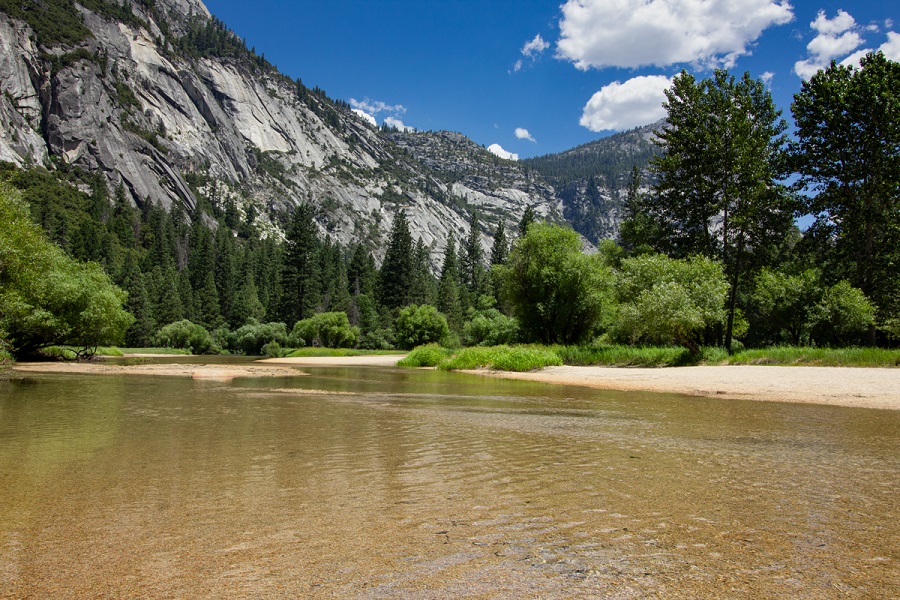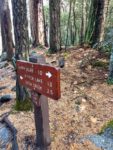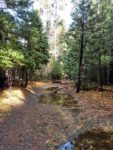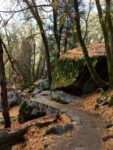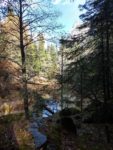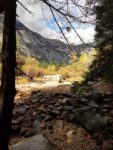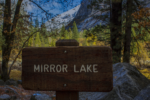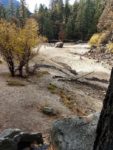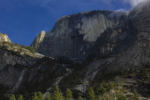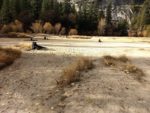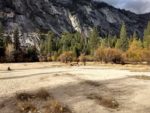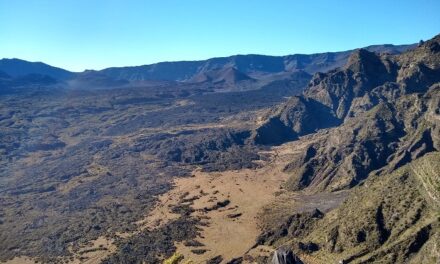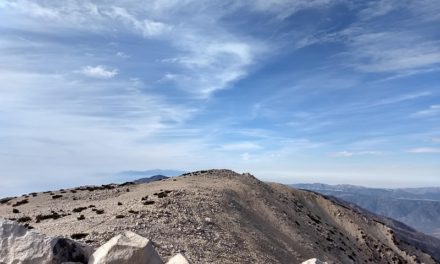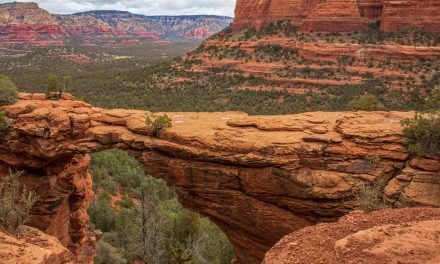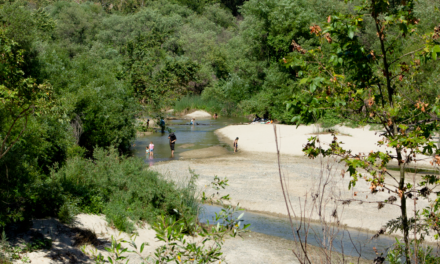Hiking Mirror Lake In Yosemite National Park
Lying in the far east section of Yosemite Valley is a short hiking trail that leads to Mirror Lake. The small lake is not actually a lake at all but rather a large pond that forms in Tenaya Creek. Its name is given because the surface of the water acts like a mirror, casting reflections of the tall granite walls above it. The trail offers incredible views of the west wall of Half Dome, Mount Watkins, Tenaya Canyon, Washington Column, and the Royal Arches. From the very back of the lake trail, the peak of Clouds Rest which rises above Half Dome can be seen. Mirror Lake is also a great place to see some of Yosemite’s larger wildlife like deer or bears.
The ironic thing about Mirror Lake is that it’s not really a lake at all. It’s actually a large pond in Tenaya Creek that’s fed by melting snow in the higher elevations above Tenaya Canyon. Tenaya Creek feeds into the Merced River which spans the heart of Yosemite Valley. Once the major snowmelt runs out, Tenaya Creek eventually dries up. As the summer continues, Mirror Lake eventually dries up until the wet season. During the late summer months or fall, there is a large peaceful sand beach in its place.
Saving Mirror Lake
One of the major problems plaguing Mirror Lake is the amount of sedimentation build up. Over the decades sediment has filled the bottom of the pond making it shallower and smaller over time. There have been several attempts to save the lake spanning back to 1882 where a significant clearing of trees and brush was done. The goal was to try to expand the lake’s shrinking views.
In 1884 it was still obvious that sediment was continuing to fill the lake. At the narrowest outlet in Tenaya Creek, a small damn consisting of granite blocks was built. After that, Mirror Lake increased in size six times but sediment continued to build further up in the lake. From 1885 to 1886 a retaining damn higher up in Tenaya Creek was built to try to trap sediment trickling down to the lake below. However, this would just end up being a short-term remedy.
Throughout the years, Mirror Lake has had to be repeatedly dredged in order to maintain it’s appearance. However, changing visions in the park encouraged a more natural process to occur rather than human intervention. Therefore attempts to stop the lake from filling in with sediment changed to let the lake naturally fill in over time. After each spring runoff, Mirror Lake will continue to fill with sediment, become a shallower and smaller lake, and eventually be replaced by a meadow. It’s one of the very same processes which helped to form Yosemite Valley today.
On A Personal Note:
To view the beautiful reflections that Mirror Lake has to offer the best time of year to view this trail is during the spring and early summer. However, don’t let a dry lake discourage you from viewing this area. The trail is short and by summer the lake has given way to a soft sand bed. The area is popular for having picnics and enjoying the tall walls of Yosemite Valley. I visited this area in late fall with a dry lake but was greeted with snow capped peaks above the valley floor and a small herd of deer.
Do you have any updates to the hiking trail or want to share your hike/pictures? Please leave a comment below.
- Overall Difficulty: 30%
- Overall Views: 90%
Mirror Lake Trail Quick Facts :
- Elevation: 4,132 feet.
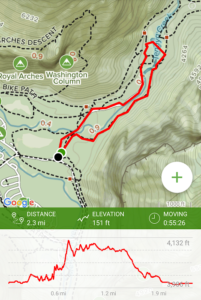
- Elevation Gain: Approx 151 feet.
- Estimated Distance: 2 to 5 miles.
- My Actual Distance: 2.3 miles.
- Estimated Time: 30 minutes 1-2 hours.
- My Time: 60 minutes total; 55 minutes moving.
Mirror Lake Trail Directions:
Please be aware, that taking the shuttle during the summer can be quite a daunting task. I personally overheard that wait times to catch shuttles during busy times can be over two hours long. The trick is get creative when accessing Mirror Lake. Cost is admission to Yosemite National Park. An America The Beautiful pass will also work. During the winter it’s important to check on road conditions if winter storms are moving through the area.
Mirror Lake Trail Pictures:
- Starting out at the beginning of the trail to Mirror Lake.
- The trail is very well maintained.
- The rail does split off into two different sections and can be made into a loop when the lake isn’t completely full.
- Looking through the trees to a pool of water.
- Where the lake is supposed to be.
- At the lake.
- Ah, but there is no lake!
- Looking up the west face of Half Dome from Mirror Lake.
- Despite the lack of water, many people found the sand beach to be a relaxing place to take in Yosemite’s beauty and the cliffs surrounding them.
Who Mirror Lake Is For:
Advanced Hikers: I consider myself an expert hiker, and I’ll be honest, hiking Mirror Lake in Yosemite was never really high on my bucket list. It’s a great area to check out if you’re looking for some things to do in the Valley or if the higher elevations are closed. The views of Yosemite Valley are always great and being up against the west wall of Half Dome can take one’s breath away.
Expert Hikers: Thew views are enjoyable, so consider putting it on your list at some point if you’ve got some time to kill in the valley.
It’s always a good idea to be aware of what type of hiking level you’re at.
Winter conditions can increase the difficulty of the hike. If you have experience or want to try hiking in the snow, the trails will look beautiful with the tall trees covered in snow.
Best Time Of Year To Hike Mirror Lake:
Mirror Lake Trail Conditions:
During the spring when the runoff is at its heaviest, the south side of the trail can be quite full of water or even boggy. Sometimes it’s recommended to stick to the north end of the trail until the water levels lower and the area dries out. There are a couple of footbridges along the trail that connect to both the north and the south side of the trail. During the winter ice and snow can build up along the trail, in particular, the south trail. Rattlesnakes aren’t out of the question during the warmer months. There shouldn’t be any poison oak as long as one doesn’t wander too far off the trail.

